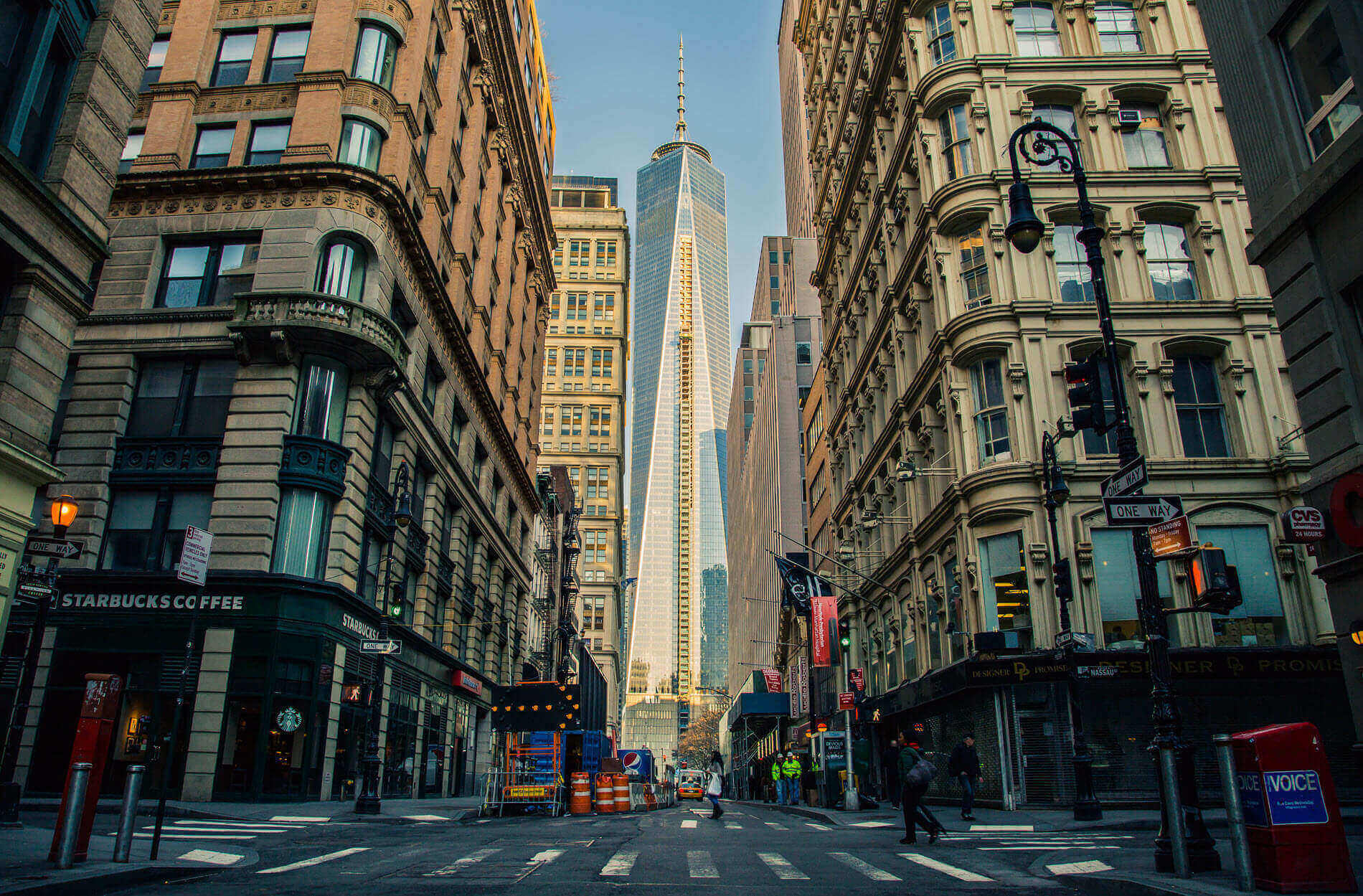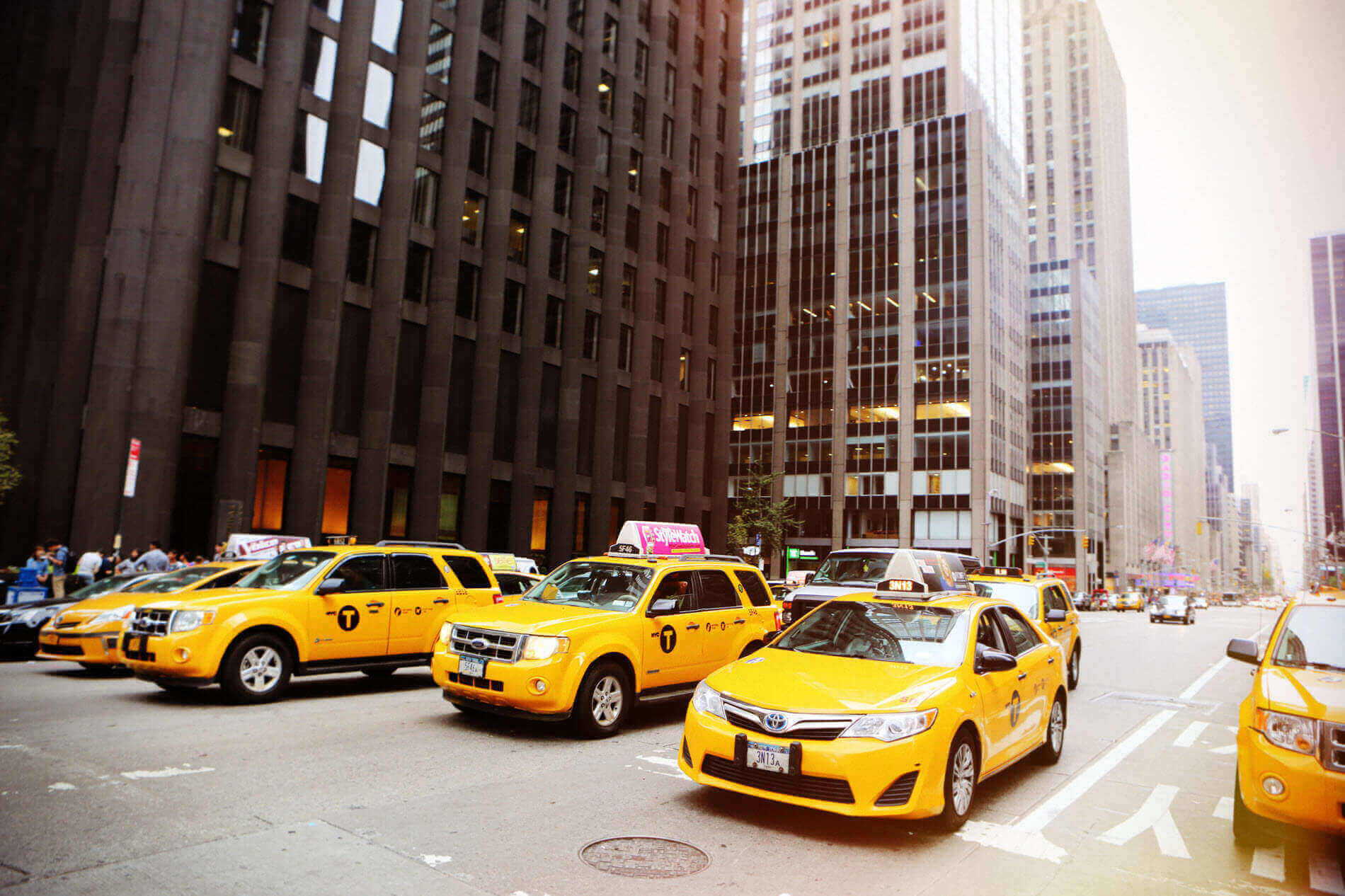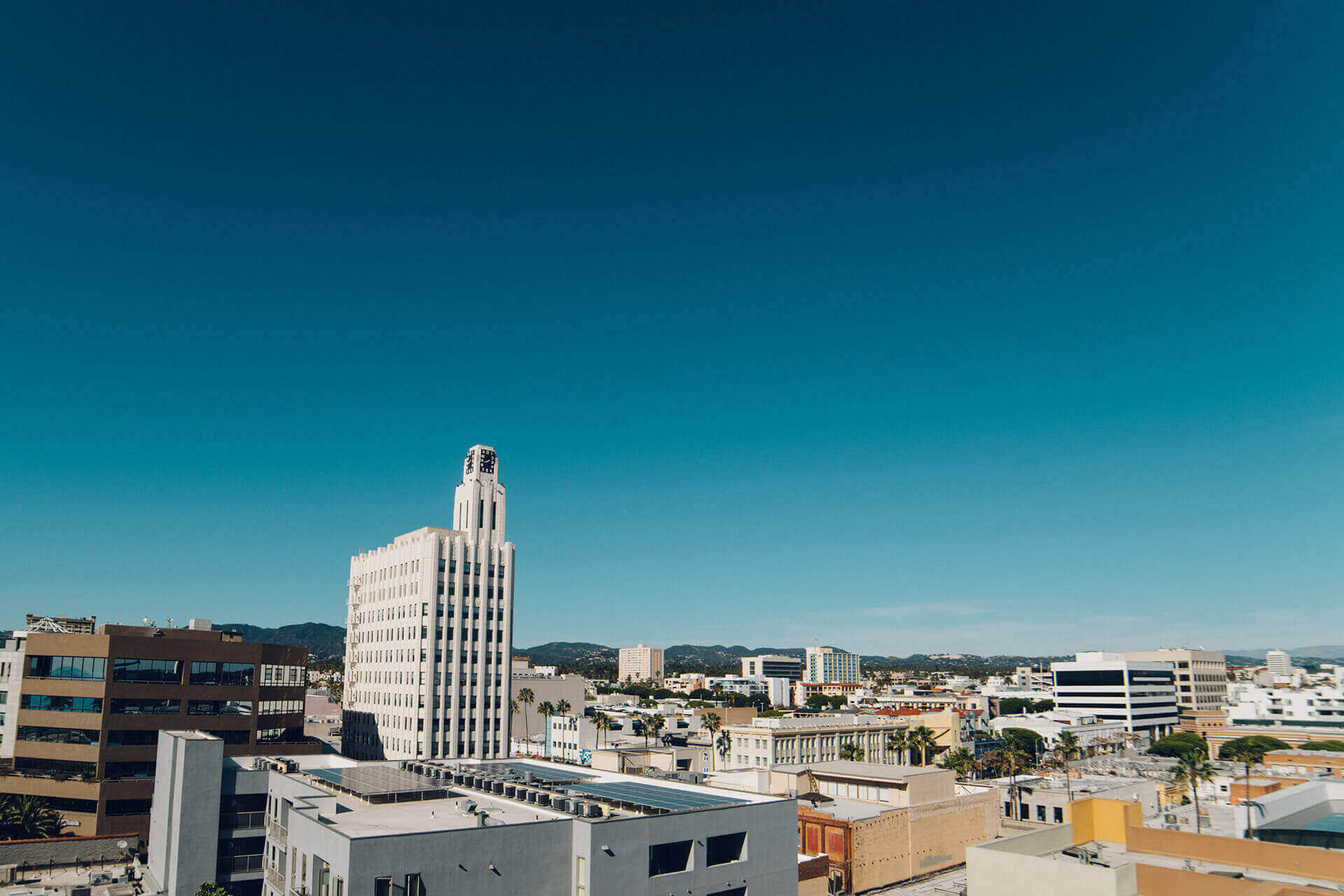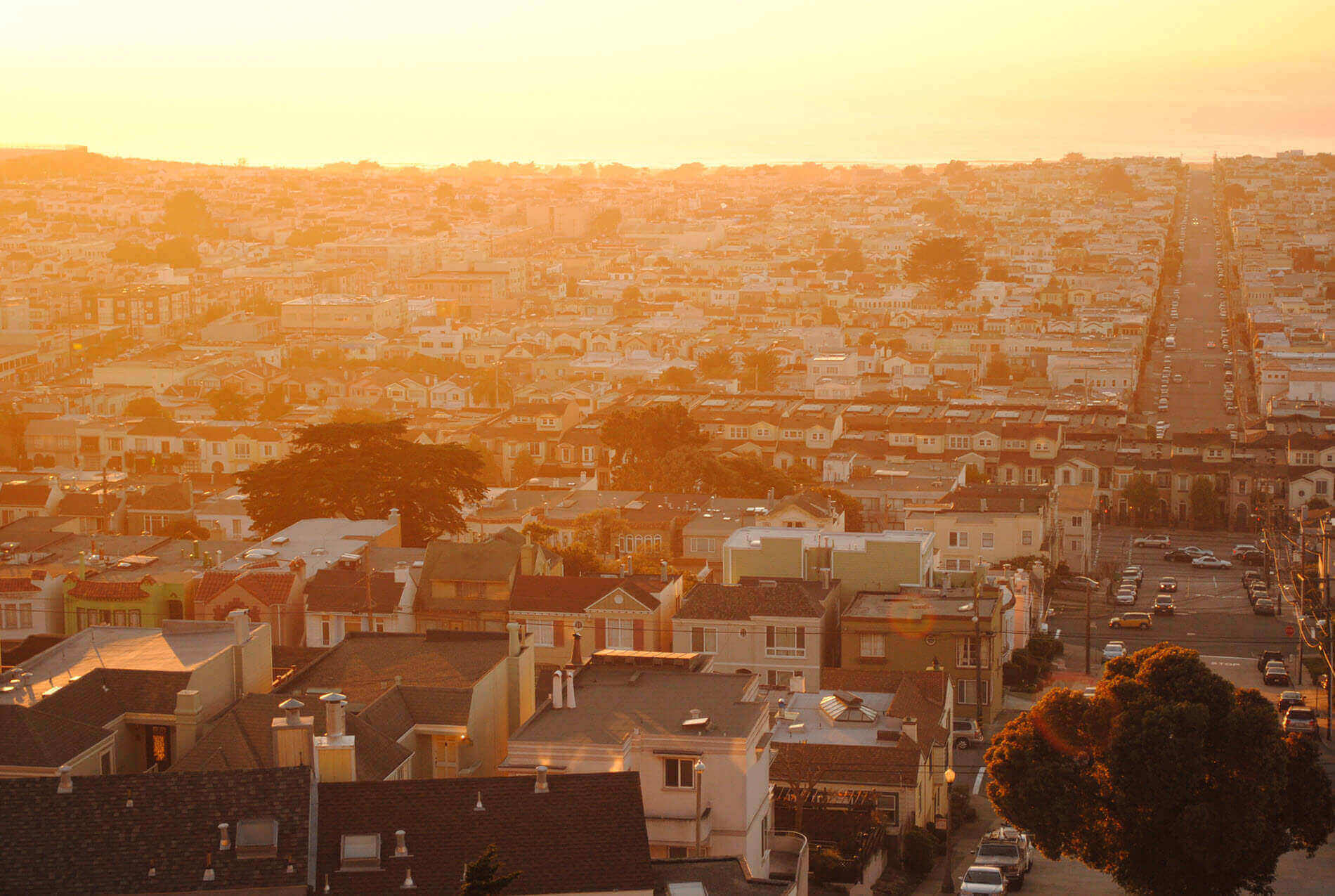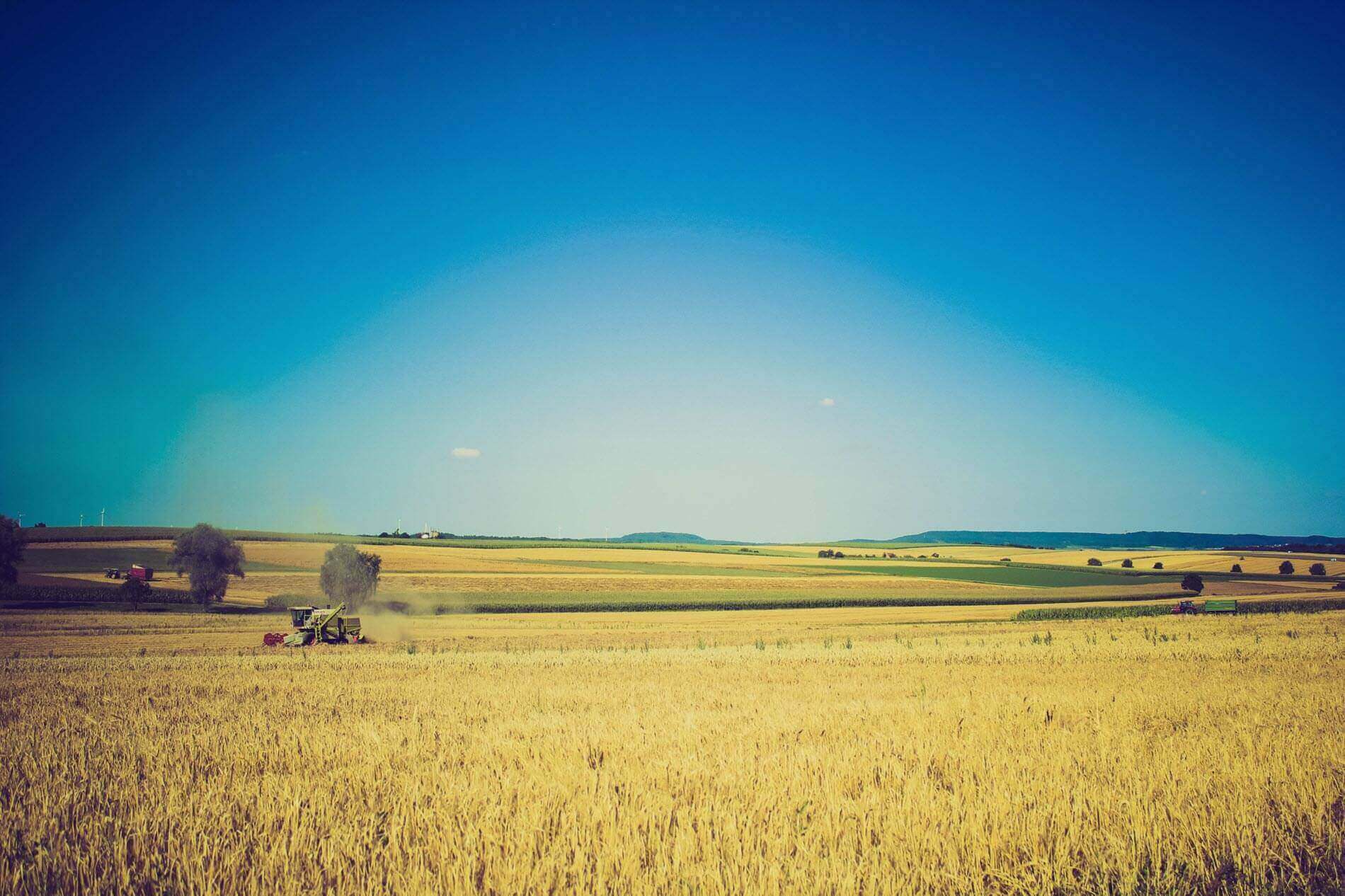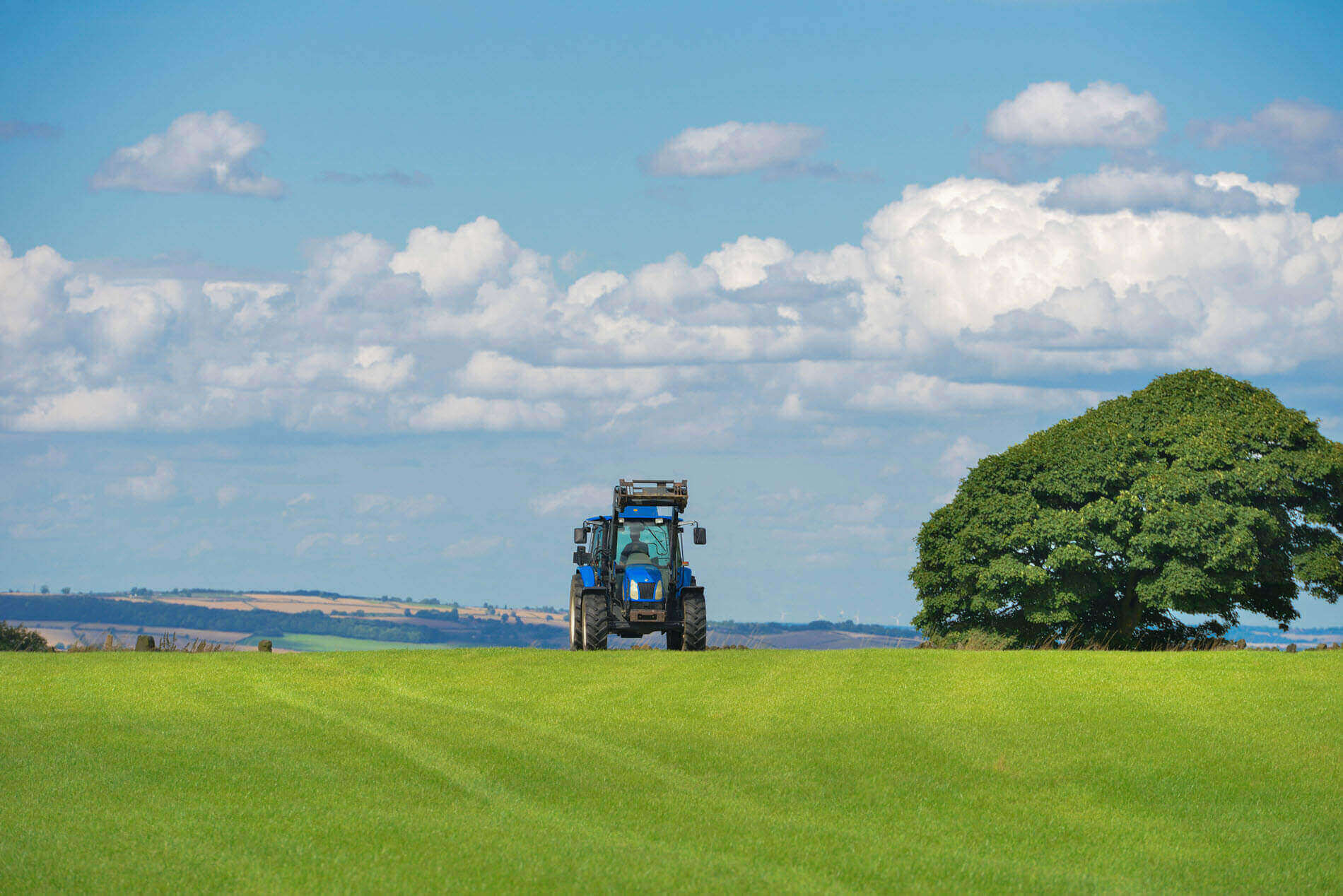The St. Paul’s Pulpit
The New Earth
A Sermon
Delivered on June 24, 2018, by
Rev. S. Randall Toms, Ph.D. at
St. Paul’s Anglican Church, Baton Rouge, LA
And I saw a new heaven and a new earth: for the first heaven and the first earth were passed away; and there was no more sea. And I John saw the holy city, new Jerusalem, coming down from God out of heaven, prepared as a bride adorned for her husband. And I heard a great voice out of heaven saying, Behold, the tabernacle of God is with men, and he will dwell with them, and they shall be his people, and God himself shall be with them, and be their God. And God shall wipe away all tears from their eyes; and there shall be no more death, neither sorrow, nor crying, neither shall there be any more pain: for the former things are passed away. (Rev. 21:1-4)
Last week, we saw that when God created the material universe, the heavens and the earth and all things in it, he looked at his creative work and pronounced that it was very good. Even human beings were very good. But something terrible happened. Human beings sinned against their creator and the whole universe suffered the effects of our sin. Though God had created human beings very good, because of sin, human beings became filled with hate and violence. By the time of the flood, God pronounced that the imagination of man’s heart was only evil continually. Nothing has happened in the course of human history that would convince us that God’s assessment of human beings was incorrect. All human beings and all of this earth have suffered the devastating effects of our sins. But God sent his son into the world to change the effects of the fall. He came to give human beings new hearts and to begin a process that would change the world. In short, Christ came into the world to create a new heaven and a new earth, where all the horrible effects of the fall would be reversed. Creation would return to its former state, and human beings would resume their meaningful and purposeful work that God had originally given them to do.
So, what is God’s plan for this earth? I think most Christians, because of certain misinterpretations of some passages of Scripture, believe that God is going to destroy the earth and all the heavens. But if you study such passages in the light of the rest of Scripture, you will see that God is not going to destroy the earth—rather he is going to make it new, transforming it into something that no longer suffers the terrible effects of sin. God is not going to abandon and destroy his creation that he pronounced “very good.” The transformation of the earth will be similar to the transformation of our bodies. God is not going to abandon and discard our physical bodies just because our bodies have suffered the effects of sin. Rather, these bodies will be raised and transformed. When Jesus’ body was raised from the dead, it was a not a different body from the one he had. There is no old body of Jesus lying in a tomb somewhere. That body was raised from the dead, but that body, as we can see from the post-resurrection accounts, had been transformed– it had been made new in many respects. In like manner, our bodies are going to be raised from the grave, and the Scriptures tell us that our bodies will be like the glorious, transformed body of Jesus. In the same way, this earth is not going to be annihilated. Rather, it will be changed, transformed. Herman Bavinck, the great Dutch theologian said, “God’s honor consists precisely in the fact that he redeems and renews the same humanity, the same world, the same heaven, and the same earth that have been corrupted and polluted by sin.” Bavinck is emphasizing that God is not going to start all over and create something out of nothing as he did in the beginning. He is going to renew these bodies, this earth. As I mentioned last week, the church will play an important part in this transformation of the earth.
When we read of the new earth that God is going to create, the new earth that we will inhabit, it is not going to be some sort of spiritual existence where we float around as ghosts, or where our beings will be absorbed into the Godhead where we lose our individuality. If we look at the descriptions of the new earth, we are confronted with the reality of a continuing physical existence.
There are four places in Scripture where we find the phrase “new earth.” The first is in Isaiah 65: 17: “For, behold, I create new heavens and a new earth: and the former shall not be remembered, nor come into mind.” If you continue to read Isaiah’s description of the new heaven and the new earth, you will see that what he describes as a new heaven and a new earth does not fit what we usually have in mind. He writes,
“But be ye glad and rejoice for ever in that which I create: for, behold, I create Jerusalem a rejoicing, and her people a joy. And I will rejoice in Jerusalem, and joy in my people: and the voice of weeping shall be no more heard in her, nor the voice of crying. There shall be no more thence an infant of days, nor an old man that hath not filled his days: for the child shall die an hundred years old; but the sinner being an hundred years old shall be accursed. And they shall build houses, and inhabit them; and they shall plant vineyards, and eat the fruit of them. They shall not build, and another inhabit; they shall not plant, and another eat: for as the days of a tree are the days of my people, and mine elect shall long enjoy the work of their hands. They shall not labour in vain, nor bring forth for trouble; for they are the seed of the blessed of the LORD, and their offspring with them. And it shall come to pass, that before they call, I will answer; and while they are yet speaking, I will hear. The wolf and the lamb shall feed together, and the lion shall eat straw like the bullock: and dust shall be the serpent’s meat. They shall not hurt nor destroy in all my holy mountain, saith the LORD. (Isaiah 65:18-25).
Look at all the “worldly” things that are happening in that new earth. Children are being born. People are dying. They are planting, eating, working, and building houses. There are still sinners in this new earth, but they are accursed—they receive justice. Things are different on the new earth. People don’t die young. They live to a ripe old age. The ground is producing fruitfully, no longer suffering the effects of the fall. There are no droughts or pestilences. This passage in Isaiah 65 shows clearly that there is an “already” and “not yet” aspect to the new earth. The new earth comes, but it does not come at first in perfection. Rather, the new earth comes to earth and gradually the effects of the new earth extend until the new earth reaches its state of perfection when there will be no more death and sin at all. At first, the new earth does still contain sin and death, but eventually sin and death will be eradicated from the new earth. So when we think of the new earth, we need to adjust our thinking about what the new earth is going to be.
It is obvious that the apostle John had this passage in Isaiah 65 in mind when he wrote Revelation 21 and 22. In Isaiah 65, God says, “I create new heavens and a new earth.” Revelation 21 says, “I saw a new heaven and a new earth.” Isaiah 65, describing the new Jerusalem, says, “and the voice of weeping shall be no more heard in her, nor the voice of crying.” Revelation 21:4 says, “And God shall wipe away all tears from their eyes; and there shall be no more death, neither sorrow, nor crying, neither shall there be any more pain.” In Isaiah 65, God says, “I create new heavens and a new earth: and the former shall not be remembered, nor come into mind.” Revelation 21:4 says, “for the former things are passed away.” And as we continue to study Revelation 21 and 22, we will see even more striking parallels of the new heavens and new earth with Isaiah’s description of new heavens and a new earth.
The next time we have mention in the Scriptures of a new earth is in Isaiah 66: 22-24: “For as the new heavens and the new earth, which I will make, shall remain before me, saith the LORD, so shall your seed and your name remain. And it shall come to pass, that from one new moon to another, and from one sabbath to another, shall all flesh come to worship before me, saith the LORD. And they shall go forth, and look upon the carcases of the men that have transgressed against me: for their worm shall not die, neither shall their fire be quenched; and they shall be an abhorring unto all flesh.” Again, you will notice that in the new earth, people are still worshipping the Lord, and they are referred to as “flesh.” The new earth is not inhabited by immaterial spirits. I will have more to say about Isaiah 66 in the coming weeks.
The next time we come across the phrase “new earth” is in II Peter 3: 10-13:
But the day of the Lord will come as a thief in the night; in the which the heavens shall pass away with a great noise, and the elements shall melt with fervent heat, the earth also and the works that are therein shall be burned up. Seeing then that all these things shall be dissolved, what manner of persons ought ye to be in all holy conversation and godliness, Looking for and hasting unto the coming of the day of God, wherein the heavens being on fire shall be dissolved, and the elements shall melt with fervent heat, Nevertheless we, according to his promise, look for new heavens and a new earth, wherein dwelleth righteousness.” Now, that certainly sounds like the old heaven and earth will be destroyed. Unfortunately, our KJV at this point was not using the best of manuscripts for its translation of this passage. The KJV says that “the earth also and the works that are therein shall be burned up.” “Burned up” sounds like the end of the physical universe. But as N. T. Wright puts it, “Is that really what Peter wrote? If so, it’s the only place in the whole of early Christian literature where such an idea is found.” The best manuscripts do not say “the earth also and the works that are therein shall be burned up,” but rather, “the earth also and the works that are therein shall be found.” It means that the earth and all and the works that are therein shall be discovered, or disclosed, or found out. This fire does not burn up the earth in the sense of destroying. Rather, this fire is a fire of judgment that reveals everything, tests everything to see what sort of work it is. This fire is not going to burn up the earth–it is going to try and test everything and only what is pure will remain. Besides, in the Greek language there were two different words used for “new.” One of them, “neos,” means “new in time or origin.” The other word for new, “kainos,” means new in nature or quality. When St. Peter and St. John talk about new heavens and a new earth, they use the word “kainos.” The earth will be new, not in time, not new as having been created new in time out of nothing, but new in nature and quality. Peter was not saying that this earth will be destroyed. John Wesley said, “The creation itself shall be delivered—Destruction is not deliverance: therefore whatsoever is destroyed, or ceases to be, is not delivered at all. Will, then, any part of the creation be destroyed?” Wesley’s opinion was that nothing of this creation will be destroyed. This creation will simply be delivered from the effects of sin. Furthermore, if this earth is destroyed, if all of creation is destroyed, then Satan will have won a significant victory, because he forced God to annihilate the good creation he had made. God is not going to destroy the earth—he is going to redeem and transform the earth. Peter says that what will remain after this judgment will be a new earth where righteousness dwells. We look forward to the time when sin, unrighteousness, will have been eliminated, and everyone will walk in righteousness.
The last time we see the phrase “new earth” in Scripture is in our text for today, Revelation 21:1. As I said last week, the tendency is to spiritualize Revelation 21 and 22 and have all these things taking place in some far off distant heaven. But like Isaiah, we see that John locates what is happening on the earth. Look how John describes the new earth and the new Jerusalem in Revelation 21: 23-27:
And the city had no need of the sun, neither of the moon, to shine in it: for the glory of God did lighten it, and the Lamb is the light thereof. And the nations of them which are saved shall walk in the light of it: and the kings of the earth do bring their glory and honour into it. And the gates of it shall not be shut at all by day: for there shall be no night there. And they shall bring the glory and honour of the nations into it. And there shall in no wise enter into it any thing that defileth, neither whatsoever worketh abomination, or maketh a lie: but they which are written in the Lamb’s book of life.
Now, I ask you, “What are nations doing on that far off distant heaven?” Here, in this description of the new earth we have descriptions of nations and kings bringing their glory, their wealth, into this new Jerusalem. These events take place after God has taken away all sorrow, pain, and wiped away all tears from our eyes. You see, the earth has been transformed into what God intended for it to be when he created it. The new earth is just the Garden of Eden come to earth once again.
In Revelation 22: 1-3 we read,
And he shewed me a pure river of water of life, clear as crystal, proceeding out of the throne of God and of the Lamb. In the midst of the street of it, and on either side of the river, was there the tree of life, which bare twelve manner of fruits, and yielded her fruit every month: and the leaves of the tree were for the healing of the nations. And there shall be no more curse: but the throne of God and of the Lamb shall be in it; and his servants shall serve him.
In this new Jerusalem, which has come down to earth, we find the tree of life. Where have we seen the tree of life before? In the Garden of Eden. Don’t you see? The Bible begins with the tree of life and it ends with the tree of life. We were cast out of Eden, but now, in the end, we are back in Eden. There is the tree of life, and it bears fruit every month and the leaves of the tree are for the healing of the nations. What are those nations doing in this new earth? Because there still nations in the new earth. As you can see, the new Jerusalem has come to earth to restore the world to paradise. In this new Jerusalem, we are told that his servants will serve him. Again, we are not going to be sitting on clouds playing harps. We are going to serve God in the way that he intended for us to serve him when he created us. In his book, The Bible and the Future, Anthony Hoekema puts it this way:
Are we to spend eternity somewhere off in space, wearing white robes, plucking harps, singing songs, and flitting from cloud to cloud while doing so? On the contrary, the Bible assures us that God will create a new earth on which we shall live to God’s praise in glorified, resurrected bodies. On that new earth, therefore, we hope to spend eternity, enjoying its beauties, exploring its resources, and using its treasures to the glory of God. Since God will make the new earth his dwelling place, and since where God dwells there heaven is, we shall then continue to be in heaven while we are on the new earth. For heaven and earth will then no longer be separated, as they are now, but will be one (see Rev. 21:1–3). (280)
I love Hoekema’s statement that we will spend eternity enjoying the beauties of this new earth, exploring its resources, and using its treasures to the glory of God. There will still be work to do– meaningful, purposeful work. Don’t worry that you are going to be bored throughout the eternal ages because all you have to do is play a harp. You will have plenty of meaningful, purposeful work to do throughout all the eternal ages.
Now, you may be thinking, “Fr. Toms, I thought that this was going to be a series of sermons on how God uses the liturgy of the church to transform the world.” It is. Be patient. I will tie it all together. But I will give you a hint. In the tabernacle, and in the temple, there were many reminders of the Garden of Eden, especially in Ezekiel’s vision of the new temple. Why? Why is it in worship that God wanted people to be reminded of the Garden? Now, here is an important concept that needs to guide our thinking as we go forward. The Garden of Eden was a temple, and I will show you that in the coming weeks. The Garden of Eden was a temple, so naturally, when God gave instructions for the tabernacle and temple, he placed in it all these reminders of Eden. God wanted his people to have the sense that when they are engaged in worship, they are in the Garden of Eden. Where is the temple now? The church is the temple now. So, where is Eden now? Here, in the church, and it will be through the church, that paradise extends throughout the world. What a joy it is to be a member of the church of our Lord Jesus Christ. Let us take seriously our responsibility to be part of the making of the new earth, working toward the day when paradise will be regained. Amen.







